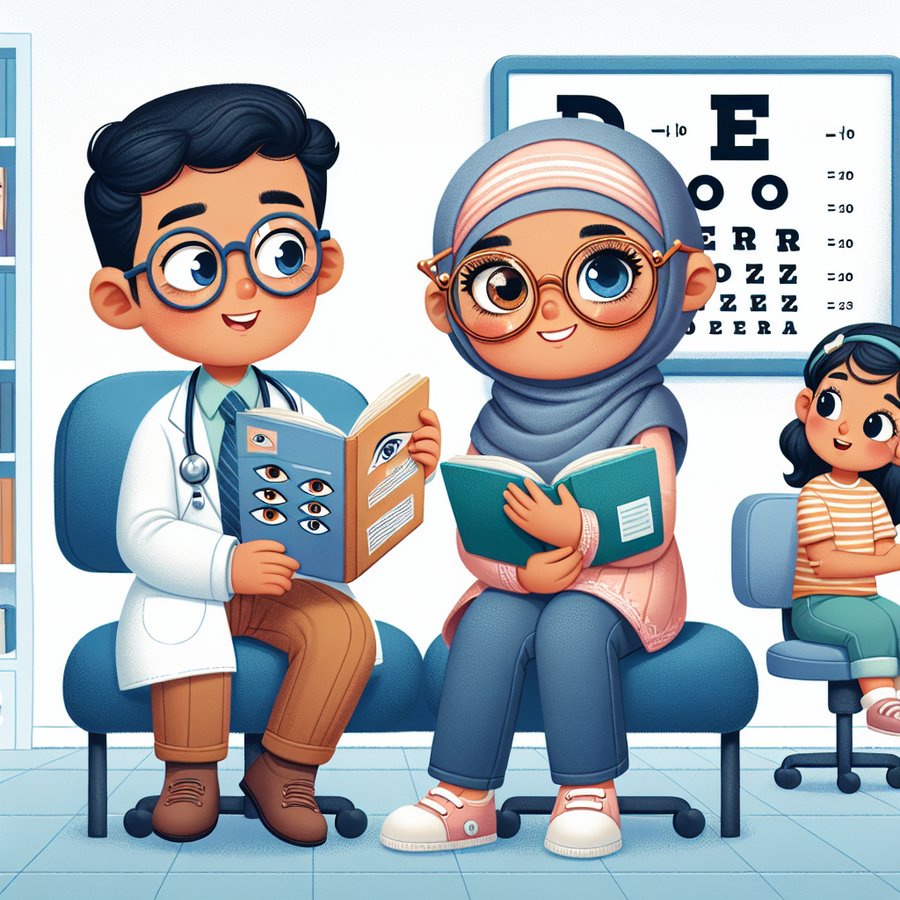Strabismus, commonly known as crossed eyes, is a condition that can be alarming for new parents. It involves a misalignment of the eyes, where one or both eyes may turn inward, outward, up, or down. This guide aims to demystify Strabismus, offering insights into its symptoms, causes, and treatment options. By understanding this condition, parents can take proactive steps towards ensuring their child’s visual health.
What is Strabismus?
Strabismus is a vision disorder where the eyes do not properly align with each other when looking at an object. This misalignment can lead to the eyes focusing on different points in space, causing double vision or impaired vision in the affected eye. Strabismus can occur at any age, but it is most commonly diagnosed in infants and young children.
Several factors can contribute to the development of Strabismus, including genetics, muscle imbalance, and neurological issues. Early detection and treatment are crucial for preventing long-term vision problems, such as amblyopia, also known as lazy eye, where the brain favors one eye over the other, leading to vision impairment in the weaker eye.
Symptoms of Strabismus in Babies
Identifying Strabismus early in a baby’s life is key to effective treatment. Symptoms to look out for include: noticeable eye misalignment, squinting, tilting the head to see better, and difficulty focusing. Babies with Strabismus might also exhibit signs of eye strain, such as rubbing their eyes frequently.
It’s important for parents to observe their child’s eye movements and seek a professional evaluation if they notice any signs of Strabismus. Early intervention can significantly improve the chances of correcting the eye alignment and preserving vision.
Causes and Risk Factors of Strabismus
The exact cause of Strabismus in babies is not always clear, but several factors can increase the risk of developing this condition. Genetics play a role; if a family member has Strabismus or other eye conditions, the risk is higher. Premature birth and low birth weight are also associated with a greater likelihood of Strabismus.
Other risk factors include conditions that affect the brain or nerves, such as cerebral palsy, Down syndrome, and hydrocephalus. Issues with the eye muscles or abnormalities in the eye structure can also lead to Strabismus. Understanding these risk factors can help parents be more vigilant about their child’s visual health.
Treatment Options for Strabismus
Treatment for Strabismus aims to improve eye alignment, enhance vision, and prevent the development of amblyopia. Options range from non-surgical methods, such as eyeglasses, patching the stronger eye to force the weaker eye to work harder, and vision therapy, to surgical interventions that adjust the muscles controlling eye movement.
Each case of Strabismus is unique, and the treatment plan should be tailored to the individual needs of the child. Consulting with a pediatric ophthalmologist is essential for determining the most effective treatment approach. For more information on vision development in children, visit the BabyWhysandHows page on eye coordination.
Preventing Vision Problems Associated with Strabismus
While not all cases of Strabismus can be prevented, there are steps parents can take to promote healthy vision development in their children. Regular eye exams, starting in infancy, are crucial for early detection of Strabismus and other vision issues. Additionally, providing a visually stimulating environment with age-appropriate toys and activities can support eye coordination and visual acuity.
Parents should also be mindful of their child’s overall health and development, as conditions like cerebral palsy and Down syndrome can increase the risk of Strabismus. By taking proactive steps and seeking timely medical advice, parents can help ensure their child’s eyes develop as they should.
For new parents navigating the challenges of Strabismus, understanding the condition’s nature, watching for symptoms, and exploring treatment options are key steps towards ensuring their child’s visual health. With the right care and attention, many children with Strabismus can enjoy a positive outcome and healthy vision.
Remember, early intervention is paramount in managing Strabismus effectively. If you have concerns about your child’s vision or eye alignment, do not hesitate to consult a healthcare professional. For more insights into common childhood conditions and how to address them, explore our wealth of resources at BabyWhysandHows.













